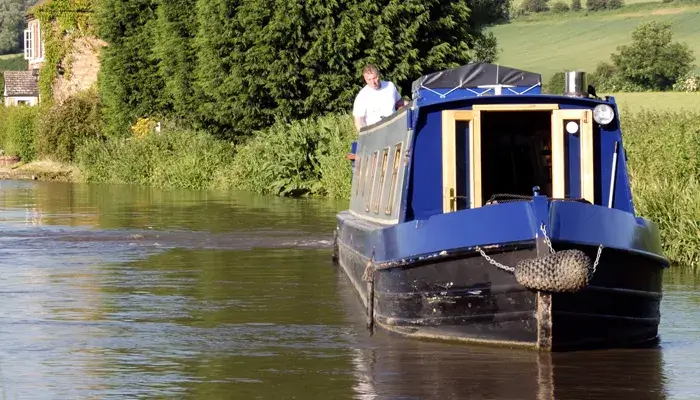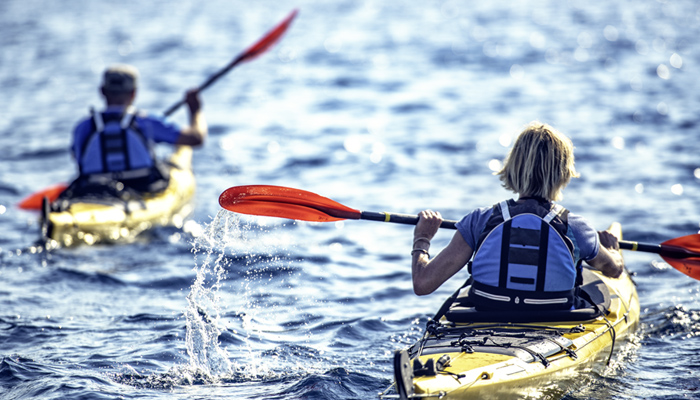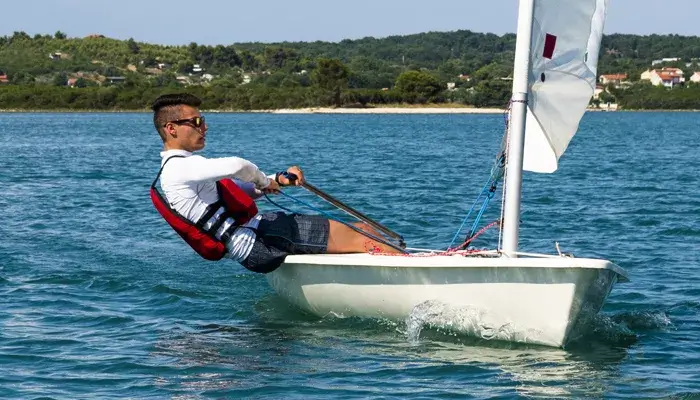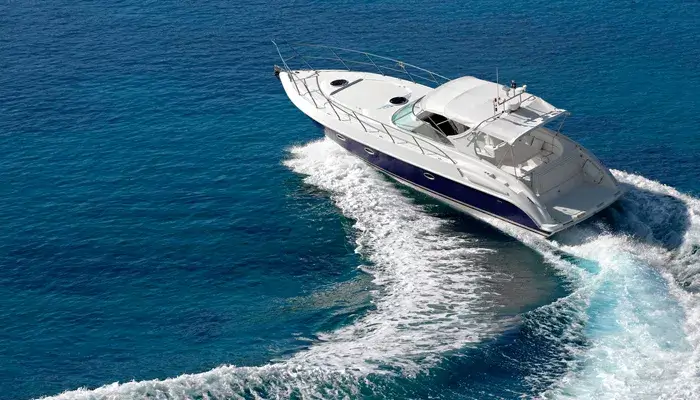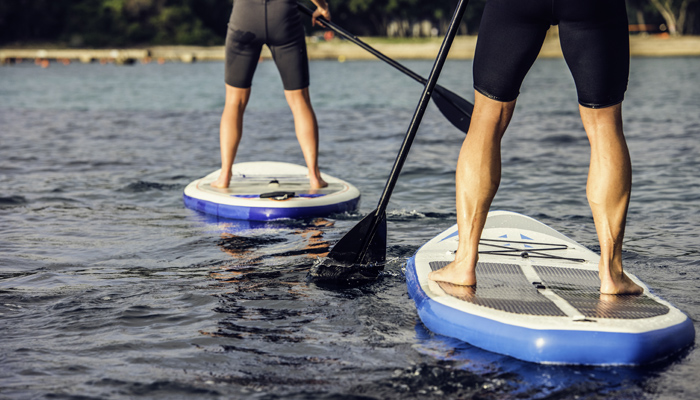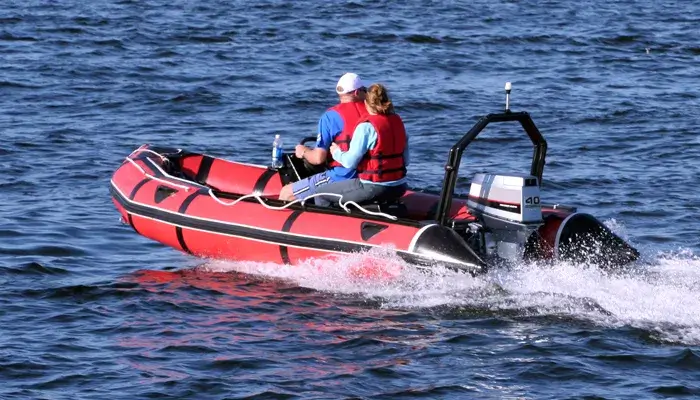New sails: a buyer's guide
For the purist yacht owners out there, sails are the best method of propulsion. Buying new ones can be a hefty investment, the following guide will help you through the mire of materials, weights and measurements.
The purchase of new sails is a big investment for many yacht owners, and one that you hope you won't have to make again for a long while. Our guide will lead you through the choices and make sure you don't make an expensive mistake.
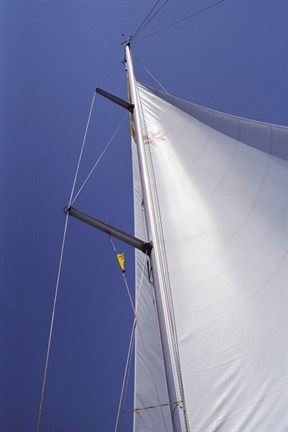
Sails can seem to last forever on a cruising boat - without the competitive performance yardstick of a race it's much harder to tell when they have had their day, but this can lull us into a false sense of security. The moment to upgrade is before the old ones self-destruct in a final blaze of shredded glory - or before saggy old sails can't drive you upwind off a lee shore when you most need them to.
The traditional time for new sails is the spring, so are you in the market this year? How do we know when a sail has had its day? We talked about how to check the condition of sails and go about repairs in our earlier article on sails care and maintenance, have a look if you think yours might be getting dangerously long in the tooth.
If the sails can no longer be economically serviced and repaired, it's time to change them; but the moment has also arrived if the sail resolutely refuses your efforts to trim it properly. Eventually, the cloth will break down and become so stretchy that you cannot apply enough force to the edges or corners to pull it back into shape, even in the lightest of winds. This is the time to call the sailmaker, or the siren voice of that rocky lee shore will be beckoning you in.
The best way to go about buying your new sails
-
Gather some measurement details about your boat - If it's a popular design then that will probably be enough information for the sailmaker. If not, it will mean taking a few simple measurements so that the sailmaker can give you an accurate quote. They may supply you with a form to fill in with the information they need, or they might come and measure the boat themselves.
-
Consider what type of sailing you want to do with your new sails - Much of the sailmaking process is a balance between conflicting elements; the easiest sail to handle isn't necessarily the longest lasting, the strongest is rarely the lightest and the cheapest isn't always the most cost effective. The correct balance of these factors will be different for every boat owner and their circumstances; not just the type and size of boat and the amount you want to spend, but what kind of sailing do you do and where? How often do you go out? Do you pick your days or go regardless of the weather? Day sailing or blue water cruising? How many people do you normally sail with?
-
Start to focus on the details - Like the sail handling system - are you going to upgrade to roller reefing maybe, or perhaps go for a cruising chute and launch sock? Once you've made those choices it'll be onto the sail design, construction and cloth type. There are good technical arguments in favour of the more sophisticated sail panel layouts, such as bi-radial or tri-radial constructions. But a quick glance at the price list will tell you that the more complex construction is also more expensive to manufacture. So why bother when cruising sails are not ultimately about performance?
-
Compare quotes - talk to sail makers and find out the difference between the designs so that you can accurately compare like-with-like. For instance, there is no point comparing a tri-radial sail from one sailmaker with a cross-cut design from another, the former should always be more expensive. So make sure you know the design of the quoted sail. If the sailmaker is describing the panel layout with a trade name that you don't recognise or understand, ask them to explain whether it is based on a cross-cut, bi-radial or tri-radial layout (and if you don't know the meaning of these terms, this book may help.)
Choosing materials
Several points can be made in favour of more advanced designs and materials in cruising sails. The better the design and the material, the lighter the sail will be for the same strength. Lighter sails are significantly easier to handle than cumbersome heavy ones. Well designed sails from good quality cloth will invariably last longer than badly designed ones. The loads in the sail will be better matched by the construction, and they will be less likely to distort and break down. Value for money isn't just the lowest price, but is often hiding behind a much longer life span.
Make sure you also ask about the type, manufacture and the weight of the cloth that is being suggested. Woven polyester (Dacron) is the standard for cruising sails and you would need some good reasons to change from that. There are several major cloth manufacturers who advertise in the yachting press, so try to get at least one quote with cloth from one of these manufacturers - Contender or Dimension Polyant for instance. It might be worth using cheaper unbranded cloth, but you should at least be aware of the price/quality choices.
The cloth weight conundrum
Cloth weight is the final hurdle as the different units can be confusing; grams per square metre is straightforward enough, and ounces per square yard ought to be - except that in America they use ounces per sailmaker's yard, which is a piece of cloth 28.5oin wide by 36in long.
So you need to know if the number is metric, imperial or American. And sometimes the brand name of the cloth will contain a weight that bears no relation to the actual cloth weight under any of these systems. It's a generalisation, but heavier cloth should be stronger and last longer - it will also make the sail heavier!
Additional extras
Finally, it is also worth asking what comes with the sail. Are there any bags and if so, are they big enough to be of any use? This is particularly important with headsails that must be carried on deck and hooked up to the headstay; the longer and bigger the better, with a full length zip. Ask about boom covers to protect mainsails and about sacrificial sunstrips for roller furling headsails.
It is these extras that sailmakers are often most willing to negotiate on to get the order, and they are well worth having to preserve the life and condition of your beautiful new sails.
Yacht insurance from Towergate
We can offer yacht and catamaran insurance.
Get a yacht insurance quote online or call us on 0344 892 1987.
About the author
Adam Summersby is a respected leader with 11 years’ varied experience in niche personal and commercial lines insurance, including caravan, site operators and excess reimbursement, with proficiency in leadership, sales and account management.
Date: January 01, 2013
Category: Boat





